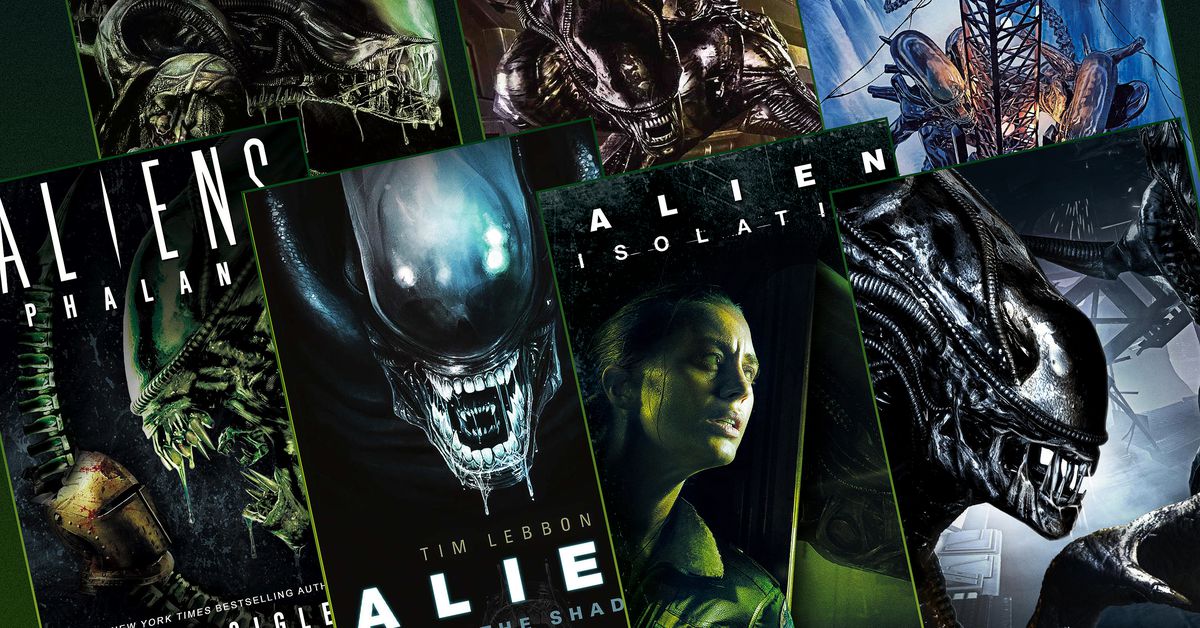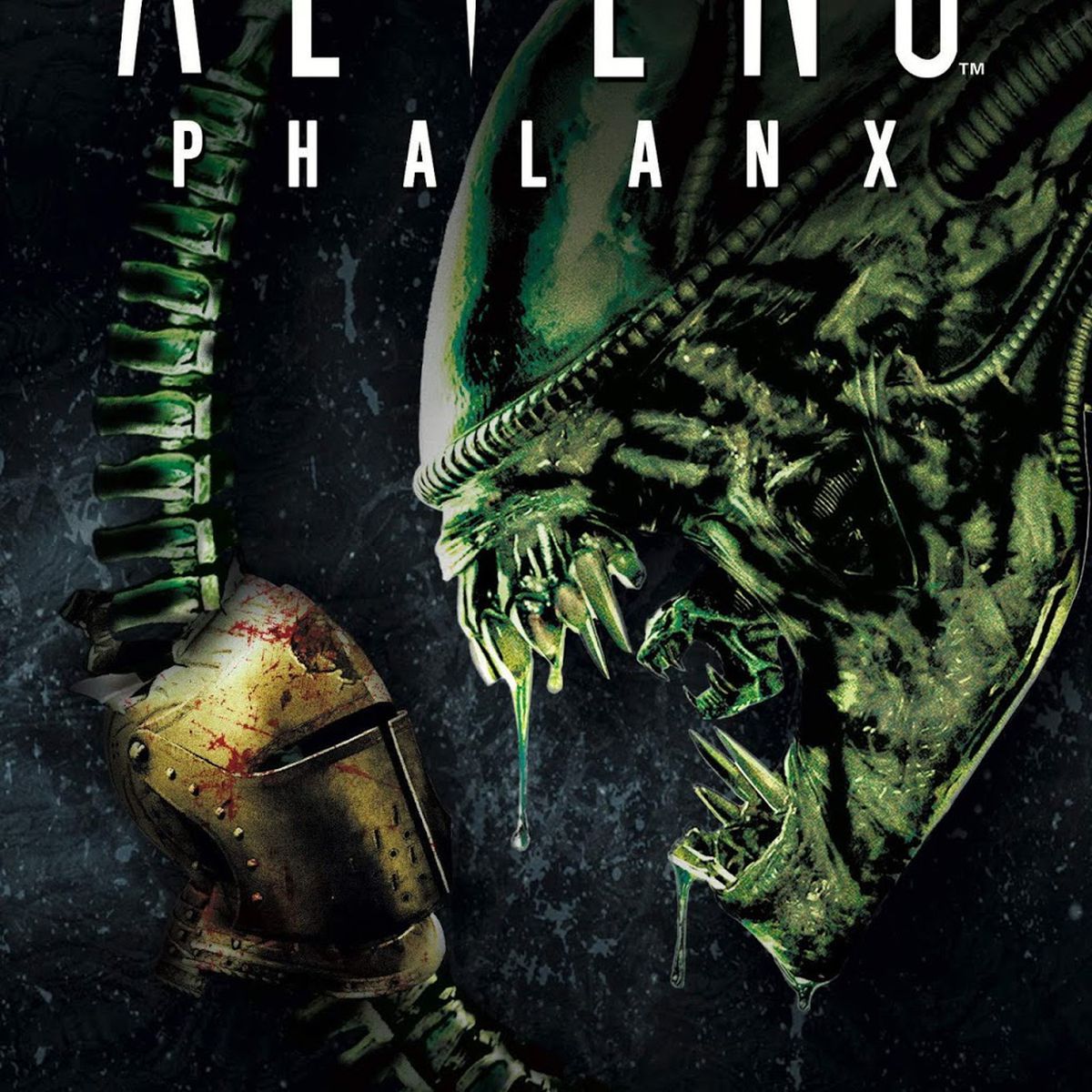When Alien burst onto the scene in 1979, capturing the attention of audiences worldwide with its terrifying creature, it wasn’t obviously the seed of a decades-long franchise phenomenon. But James Cameron’s 1986 sequel Aliens opened up the universe’s mythology beyond the first film’s blue-collar, industrial ambience. He shone a greater spotlight on Weyland-Yutani, the ruthless corporation that sought to weaponize the creatures — popularly known as Xenomorphs, thanks to a near-throwaway line in the second movie. Suddenly, there was a whole expansive universe outside the confines of Alien’s doomed spaceship Nostromo, and fans were hungry to delve further into that universe’s lore.
That opened the door for Dark Horse Comics, which published more than 70 licensed Aliens comics series and spinoffs between 1988 and 2019, when Disney-Marvel acquired the rights along with 20th Century Fox. The comics established the long rivalry between Xenomorphs and the Yautja, the titular spacefaring race in the 1987 Arnold Schwarzenegger movie Predator. More than 30 tie-in novels and movie novelizations have followed, though for many years, they only slightly progressed beyond the recurring story of Weyland-Yutani attempting to weaponize the Xenomorphs, and failing to contain them.
But fans continued to enjoy repeated trips back to the Aliens universe, even as many of the movies were disappointments. The earlier comics and novels were frequently contradicted and overwritten by later film entries in the series, but the current 11-book series, which launched from Titan Books in 2014, was intended to fit into the established cinematic continuity, and to actually expand the Alien setting further than the franchise had gone before.
But do they? Some of Alien and Aliens’ biggest tropes have become tired, but the novels have more freedom to change how Alien stories are told. We looked at all the new canon-compliant books in the series, ranking them from worst to best, but also seeing how far they dare to stray from the familiar formula of the films we know and love.
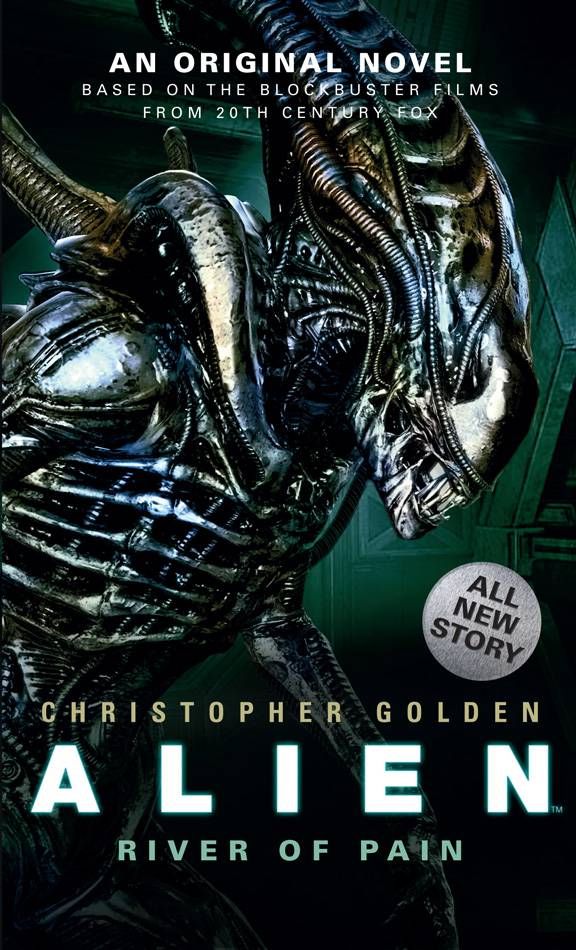
Photo: Titan Books
11. Alien: River of Pain (2014)
Set just before the events of Aliens, this novel focuses on the colonists on the doomed mining colony LV-426. At the same time, Sigourney Weaver’s Alien character Ellen Ripley is discovered drifting in deep space, after surviving her first encounter with a Xenomorph in Alien. She begins trying to readjust to life, 57 years after she went into hypersleep. An odd choice for the final book of the first trilogy, Alien: River of Pain feels almost entirely redundant as part of Alien continuity. With familiar scenes from Cameron’s Aliens revisited and re-created throughout the narrative, and little of consequence added, this book feels pretty pointless.
Originality: 2 out of 10
Hewing so close to the events of Aliens and fleshing out scenes that didn’t need to be revisited, the book adds nothing original to the mythology.
Standalone value: 8 out of 10
Readers only need to be familiar with the original Alien movie to follow the action here. They can even skip the first two books in the trilogy without missing anything important.
10. Alien: Out of the Shadows (2014)
Between Alien and Aliens, the deep-space mining vessel Marion encounters the Xenomorphs. The Nostromo’s escape shuttle, the Narcissus, carrying Ripley, is diverted to the Marion by Alien’s murderous android Ash, kept alive as the shuttle’s AI, and intent on securing a Xenomorph specimen. Ripley is unnecessarily shoehorned into the narrative; filmgoers know her fate already, robbing readers of tension that could have been present if there was an original character in her place. She has no agency in this plot, which is largely centered on the Marion’s Chief Engineer, Chris Hooper.
Originality: 4
Some additions to the overall lore do stand out, such as a long-dead race of dog-like aliens and the (admittedly silly) developments and insights into Ash’s character, including how he became one with the ship’s AI before his decapitation and incineration by the Nostromo’s crew, as well as the fact that he’d developed romantic feelings for Ripley.
Standalone value: 8
As with River of Pain, Alien: Out of the Shadows only requires readers to be familiar with the first film, so it’s a pretty good gateway for those only vaguely aware of the lore in general.

Photo: Titan Books
9. Alien: Sea of Sorrows (2014)
Hundreds of years after Aliens, Ripley’s descendant Alan Decker has psychic abilities and a latent connection to the Xenomorphs. When Decker unwittingly describes the Xenomorphs in specific detail during a seizure, Weyland-Yutani enlists him to track down the creatures on the planet featured in the previous novel, Out of the Shadows.
Originality: 7
The psychic-abilities angle, coupled with the ancestral vendetta — the psychic bond with the Xenomorphs, revealing that they hold Decker, as part of Ripley’s bloodline, responsible for destroying so many of their kind — certainly gives Sea of Sorrows an unusual feel.
Standalone value: 3
Readers will need to be familiar with the first two films at least, as well as Alien: Out of the Shadows.
8. Alien: Isolation (2019)
This belated novelization of the 2014 video game Alien: Isolation features Amanda Ripley, daughter of Ellen Ripley, who has her own terrifying encounter with a Xenomorph while searching for clues to her mother’s disappearance. The novel spends a lot of time re-creating scenes from the game, which feel too rushed in prose. Much more satisfying are the flashbacks to Amanda Ripley’s early life, illustrating the effect her mother’s disappearance had on her. It’s well-told and feels heartfelt — but the book would have been much better if it wasn’t trying to re-create the game’s story.
Originality: 6
The flashback scenes add a new dimension to Amanda Ripley, her mother, and even the franchise’s universe. Many of the most satisfying narrative elements concern Amanda’s childhood relationship with her mother, who was often absent, due to her work taking her into deep space for months or more at a time. Amanda’s rebelliousness and even her relationship with her father, as well as the general state of Earth in the 22nd century, come under scrutiny in the book.
Standalone value: 6
It could be argued that readers would only need to be up to speed with the first Alien film to enjoy Alien: Isolation, but given how the game’s events are rushed, readers might want to play the game first, and take this as a supplement rather than a standalone.
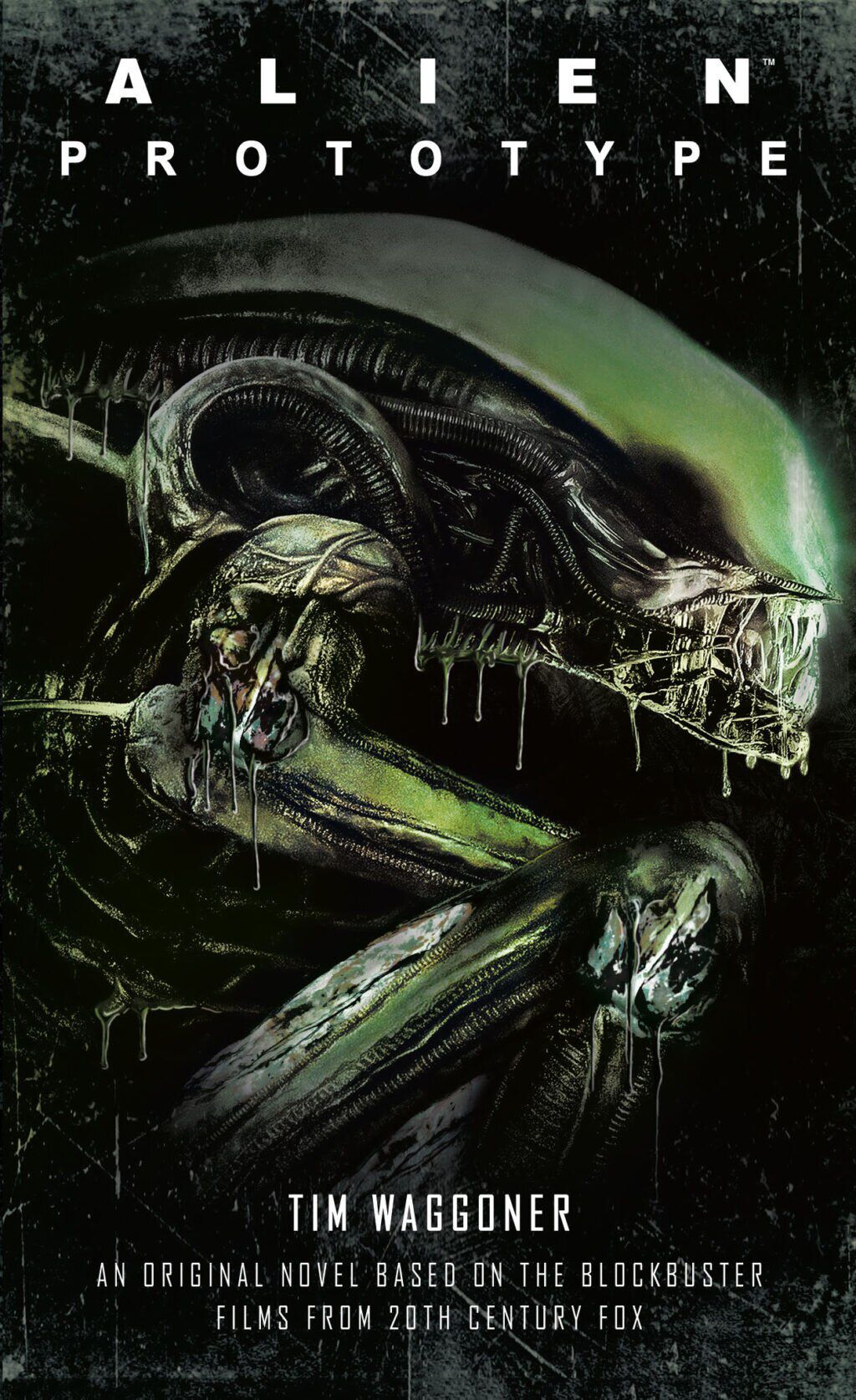
Photo: Titan Books
7. Alien: Prototype (2019)
After a strong start involving corporate espionage — the theft of a Xenomorph egg being the McGuffin in the beginning — Alien: Prototype reverts to an overly familiar formula. Ex-Colonial Marine Zula Hendricks and her trainees, as well as chillingly amoral Weyland-Yutani scientist Dr. Gagnon, are the main focus of the narrative. But it could be argued that the uniquely diseased Xenomorph — born with a horrific infection, which it spreads as an airborne pathogen — is also a protagonist in the story, since several scenes are written from the creature’s point of view.
Originality: 6
Though the story primarily features the Venture Corporation rather than Weyland-Yutani, there’s little difference between the two competing companies. But the scenes written from the point of view of the Xenomorph — dubbed the “Necromorph” by a company scientist — give this book a unique feel, even though the overall framework isn’t particularly original.
Standalone value: 5
Hendricks and Davis originated in Dark Horse’s Aliens comics, and Alien: Isolation’s Amanda Ripley appears too. But the book is still fairly accessible without knowing that material.
6. Alien: Invasion (2016)
The Rage War trilogy consists of Predator: Incursion, Alien: Invasion, and Alien vs Predator: Armageddon, so only the second book is really branded as an Aliens novel. Yet the entire series features the Xenomorphs as the primary antagonists. In the far future, Xenomorphs have finally been weaponized by a long-lost civilization of vengeful humans, necessitating an uneasy alliance between the Yautja and the rest of humanity.
Originality: 8
With Xenomorphs finally turned into weapons, the story shifts from individual survival to a large-scale war and the diplomacy needed for humanity and the Predators to survive.
Standalone value: 7
The far-future setting and lack of direct connection to the other books in the series means that readers only need the most basic familiarity with Aliens and Predator to pick up these books.

Photo: Titan Books
5. Aliens: Infiltrator (2023)
A prequel to the video game Aliens: Fireteam Elite, Aliens: Infiltrator takes place on a remote military base where Xenomorphs are being experimented on and enhanced. Weyland-Yutani scientist Timothy Hoenikker is lured to the remote Pala Station with the promise that he’ll be able to study alien artifacts. In reality, though, he’s expected to assist with experimenting on captured Xenomorphs, studying the effects of a pathogen on the creatures — specifically, the black goo from the Alien pseudo-prequel Prometheus. It’s a fast, fun read that sets up the plot of the video game well.
Originality: 2
Aliens: Infiltrator dials the main Aliens template up to 11, with the mutated Xenomorph types that the black goo creates — such as spitting or glowing, exploding aliens — providing the only deviation from formula.
Standalone value: 9
It’s a prequel to a video game, so nothing further is needed to pick up and just get straight into Aliens: Infiltrator. Readers certainly don’t need to understand anything but the basics before diving into this one.
4. Alien: Into Charybdis (2023)
Alex White’s second Alien novel after Alien: The Cold Forge features an unusually politically charged story, with an Iranian colony in a strikingly depicted setting. The facility is designed in a culturally appropriate manner, in stark contrast to the usual dull, industrial Weyland-Yutani facilities, and it’s located on and around a vividly described island and its surrounding scenery. The main story sees a small group of Americans contracted to assist the Iranians with a seemingly straightforward technical problem. But before long, the facility is under attack by a Xenomorph, resulting in strained diplomatic tensions with the Americans, who send the Colonial Marines to deal with the situation.
Originality: 8
As with The Cold Forge, White goes to great lengths to put together a compellingly detailed setting and a full cast of believable characters who feel very different from the cannon fodder often seen in this series.
Standalone value: 7
It’s useful, though not essential, to be familiar with Alien: The Cold Forge before reading this book, as at least one character does return here.
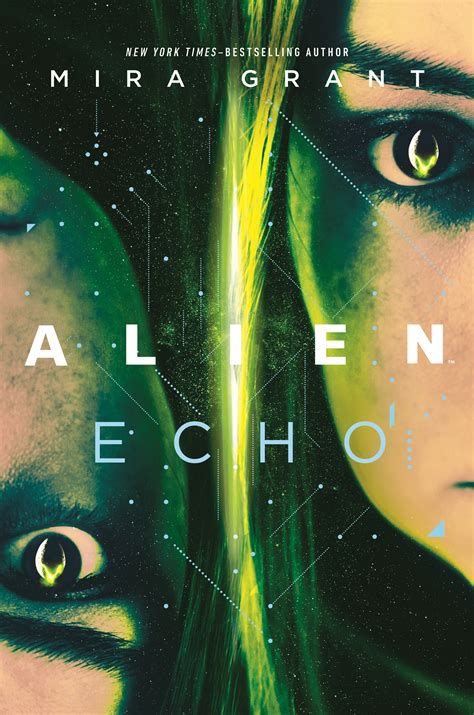
Photo: Titan Books
3. Alien: Echo (2019)
A young-adult novel with an LGBT love story at its core, this tale of twin sisters and their fight to survive when their beautiful world falls prey to the Xenomorphs is brilliantly told and compelling from start to finish. Written by Mira Grant — the horror pseudonym of multiple-Hugo-winning fantasy author Seanan McGuire — this book emphasizes the human side of the Alien franchise more than most installments.
Originality: 8
The teen protagonists, the setting, and even the romantic elements feel unusually fresh in the Alien franchise. There’s nothing else quite like this out there.
Standalone value: 9
The most basic knowledge of Alien might be needed to read this book, but everything that’s necessary is in the narrative. It works brilliantly as a standalone.
2. Alien: The Cold Forge (2018)
Though the Xenomorph outbreak on a Weyland-Yutani space station is familiar, it’s just a backdrop to Alex White’s creation: The horrifically compelling character Dorian Sudler, a sociopathic Weyland-Yutani troubleshooter whose only interest in other people is how much he’s able to manipulate, use, and abuse them for his own ends. Scientist Blue Marsalis is the main protagonist. Though she’s been employed to assist Weyland-Yutani in its mission to weaponize the Xenomorphs, she is instead using her position to covertly work on a cure for her degenerative illness. While she’s being an unusual main character, Sudler is by far the most memorable personality in the book, if not the entire Alien saga.
Originality: 7
Escaping Xenomorphs are a routine plot element in Aliens stories, but the setting and characters elevate Alien: The Cold Forge beyond that. It has a commendably diverse cast with interesting dynamics at play — Marsalis herself is an African-American woman who jacks into the body of a white, blue-eyed male android to perform her work.
Standalone value: 9
This book unquestionably stands as a great book on its own merit, with only minimal knowledge needed to understand the setting.
1. Aliens: Phalanx (2020)
It’s Game of Thrones meets Alien in Aliens: Phalanx, a startlingly effective book with incredible world-building and the feel of a fantasy epic. Aliens besiege humans who live in subterranean strongholds on the planet Ataegina, with diplomacy between societies barely holding together in the face of the Xenomorph threat.
Originality: 10
Unquestionably the least formulaic of any Aliens-related fiction, not just the books on this list.
Standalone value: 10
The book opens with a fantasy novel-style map of the world, which lays out everything needed to understand the history of the book’s setting, the planet Ataegina. No prior knowledge is required, aside from a basic understanding of what the Xenomorphs are.
Polygon – All
Source link
Related Post:
- Every WarioWare Game, Ranked From Worst to Best
- Every version of Windows, ranked from worst to best
- The best sci-fi and fantasy books new for fall 2024
- Our worst movie theater experiences, and the movies they ruined
- Comic Con: Dune’s future goes beyond new movie or sequels with books, comics
- Fortnite alien nanites guide: How to deploy alien nanites
- Plan B from Outer Space: A Bavarian Odyssey is an upcoming interactive novel about an alien invasion – only this time, you’re the alien | Articles
- Popular Final Fantasy 14 Encyclopedia, Poster, And Picture Books Are Being Republished, New Manga On The Way Too
- Ranking All Forza Games from Worst to Best
- Ranking Every Rick and Morty Season So Far, From Worst to Best
